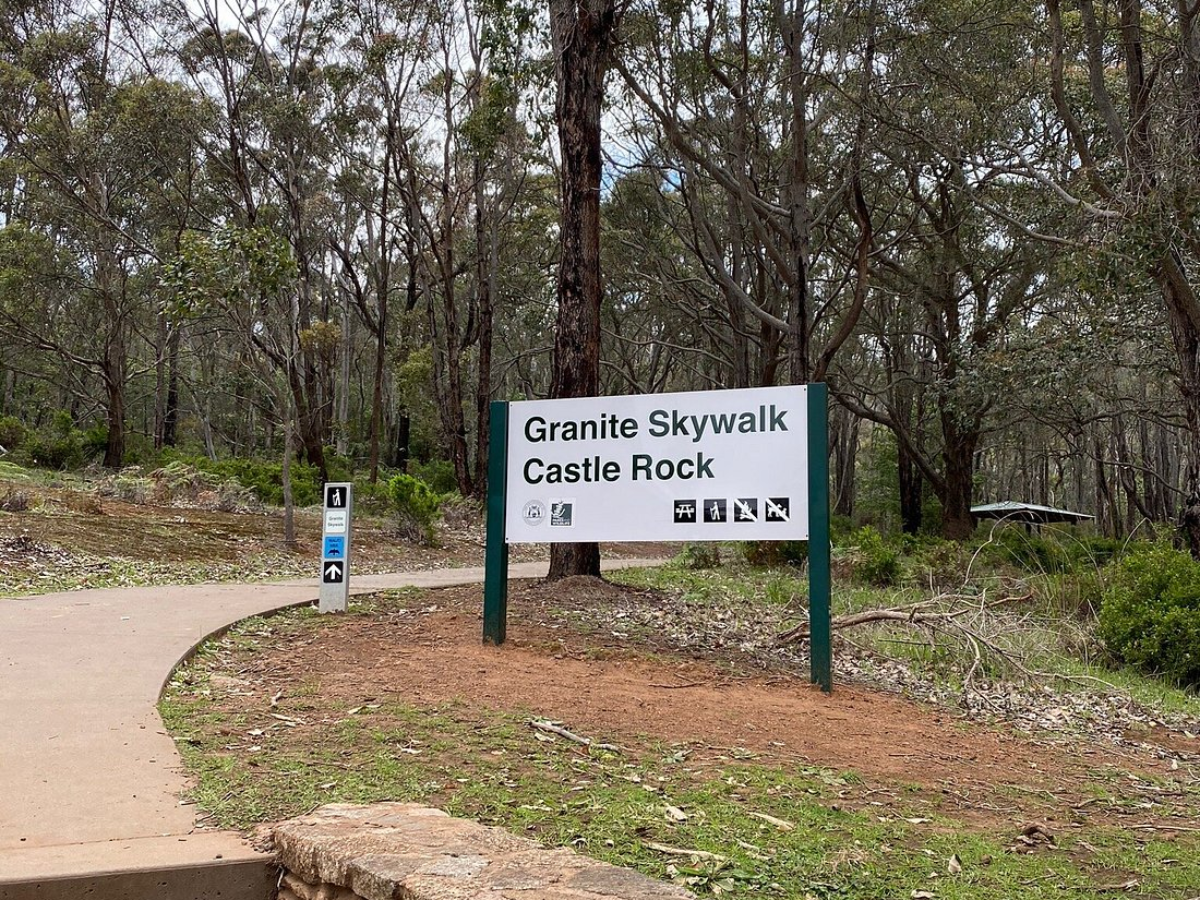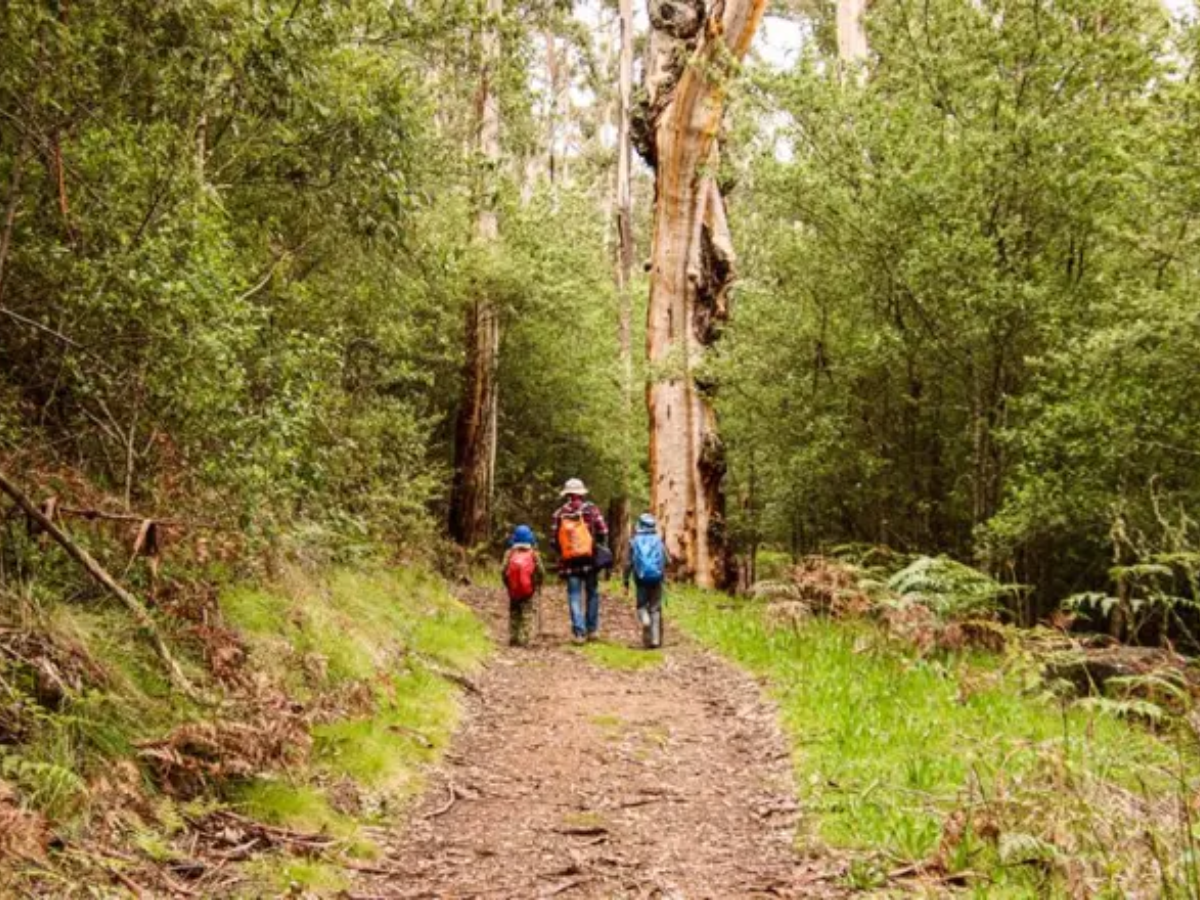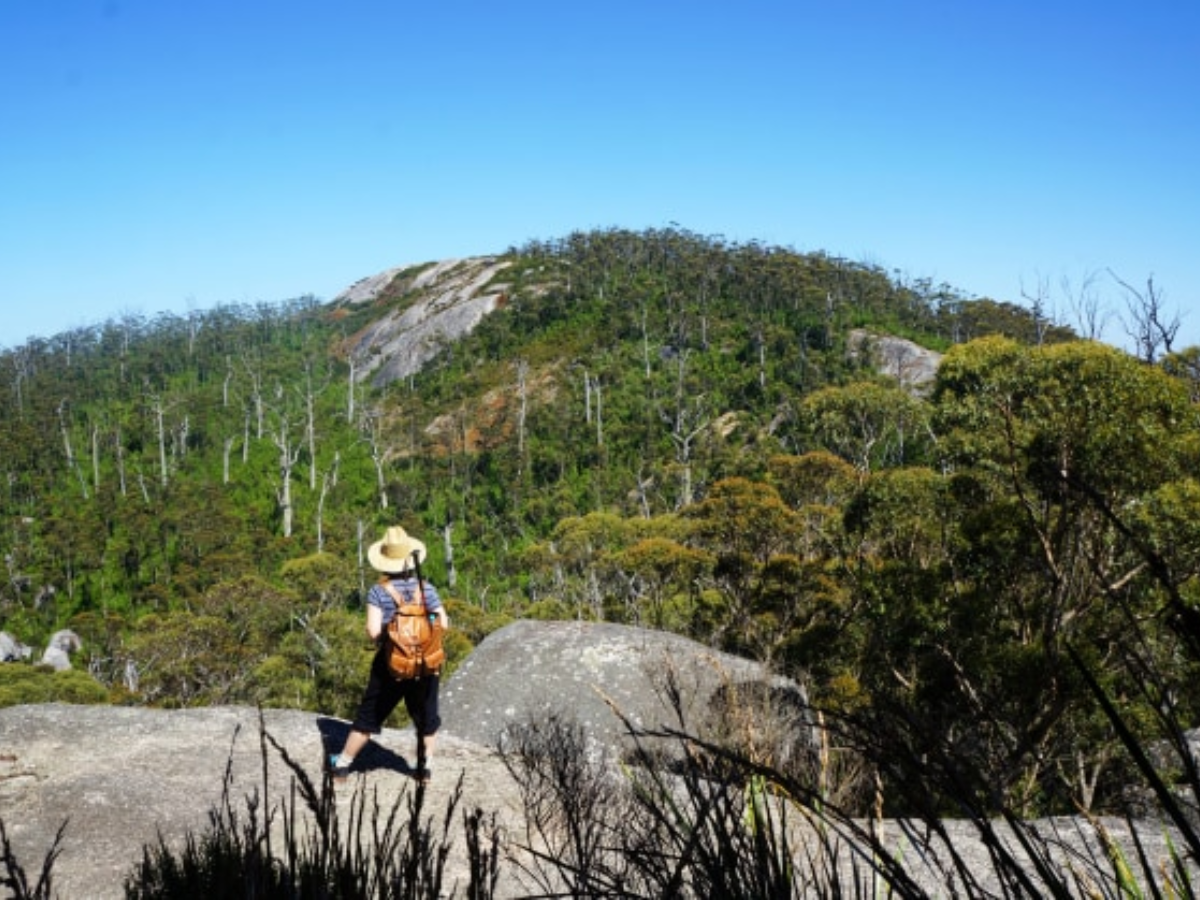
Porongurup National Park covers an area of approximately 2,500 hectares and is characterized by its striking granite outcrops, which rise dramatically from the surrounding landscape. The park is popular among hikers and nature enthusiasts, offering a range of walking trails that lead to panoramic viewpoints, ancient forests, and unique rock formations. It's also home to a variety of plant and animal species, including rare orchids, kangaroos, and a diverse array of birdlife. The park is situated near the town of Mount Barker and is easily accessible by road.

The establishment of Porongurup National Park in 1971 was a significant step in conserving the biodiversity and natural beauty of the Porongurup Range and its surroundings. It provides opportunities for visitors to appreciate and experience the unique ecosystems found in the region, including its distinctive granite peaks, diverse flora and fauna, and stunning landscapes. Since its establishment, the park has become a popular destination for bushwalking, rock climbing, birdwatching, and nature photography, attracting visitors from both Western Australia and beyond.

Porongurup National Park was not "invented" by any individual; rather, it was established through the efforts of various government agencies, conservationists, and community stakeholders. The decision to designate the area as a national park was likely made by government officials in Western Australia, based on recommendations from environmental experts and community input. The creation of national parks typically involves a collaborative process aimed at preserving valuable natural and cultural resources for future generations.

Porongurup National Park is named after the Porongurup Range, which is the dominant geological feature in the area. The name "Porongurup" is believed to have Aboriginal origins, although its precise meaning is not definitively known. The Indigenous Noongar people have inhabited the region for thousands of years and have their own rich cultural and linguistic heritage associated with the area. The name was likely chosen to honor the significance of the Porongurup Range to both the natural environment and the Indigenous communities who have a deep connection to the land.




Porongurup National Park is a haven for hiking enthusiasts for several reasons:
1. **Scenic Trails**: The park offers a variety of well-maintained trails that wind through diverse landscapes, including lush forests, granite outcrops, and scenic viewpoints. Hikers can enjoy stunning vistas of the surrounding countryside as they traverse the trails.
2. **Granite Peaks**: The Porongurup Range is characterized by its rugged granite peaks, which provide both a challenge and a reward for hikers. Climbing to the top of these peaks offers breathtaking panoramic views of the surrounding area.
3. **Biodiversity**: The park is home to a rich array of flora and fauna, including rare orchids, towering karri trees, and colorful bird species. Hiking through the park allows visitors to experience the beauty and diversity of Western Australia's natural environment up close.
4. **Accessibility**: Many of the hiking trails in Porongurup National Park are accessible to hikers of all skill levels, ranging from easy strolls to more challenging treks. This accessibility makes it an ideal destination for both casual walkers and experienced hikers alike.
5. **Tranquility**: With its remote location and relatively low visitor numbers compared to more popular national parks, Porongurup offers hikers a sense of tranquility and solitude. It's the perfect place to escape the hustle and bustle of everyday life and immerse oneself in nature.
Overall, Porongurup National Park provides a rewarding hiking experience amidst stunning natural beauty, making it a must-visit destination for hiking lovers.







Porongurup National Park can be enjoyed for hiking throughout the year, but the best time to visit may depend on personal preferences and weather conditions. Here's a breakdown of the seasons:
1. **Spring (September to November)**: This is a popular time to visit because of the wildflower season. The park bursts into color with a stunning array of wildflowers, making for a picturesque backdrop to your hike. The weather is generally mild, although it can be a bit unpredictable.
2. **Summer (December to February)**: Summer can bring hot and dry conditions to the region, which may not be ideal for hiking, especially during the hottest parts of the day. However, early morning or late afternoon hikes can still be enjoyable, and the longer daylight hours provide more time to explore the park.
3. **Autumn (March to May)**: Autumn offers mild temperatures and often more stable weather compared to summer. The park may not be as vibrant with wildflowers as in spring, but the changing foliage can still be beautiful. It's a great time for hiking, especially in the earlier part of the season.
4. **Winter (June to August)**: Winter in Porongurup National Park can be cool and wet, but it's also the quietest time to visit. The park's granite peaks may be shrouded in mist, creating a mystical atmosphere. Just be prepared for cooler temperatures and the possibility of rain.
Regardless of the season, it's essential to check weather forecasts and trail conditions before heading out for a hike. Always come prepared with appropriate clothing, water, and supplies, especially if you plan to tackle longer or more challenging trails.